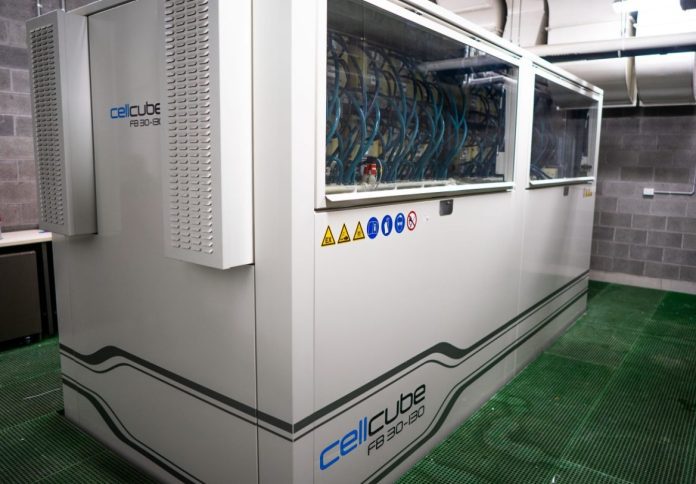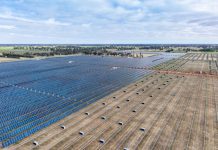
As the global shift to renewable energy accelerates, scientists at UNSW Sydney say long-duration energy storage (LDES) batteries could be critical in addressing one of the sector’s most persistent challenges – storing energy for use when solar and wind power are not available.
Current battery storage technologies remain costly and limited in their ability to deliver power for extended periods. LDES batteries, which can store electricity for up to 12 hours or more, are emerging as a potential solution to ensure a steady and reliable supply of renewable energy.
Associate Professor Chris Menictas, who leads the Energy Storage and Refrigeration Laboratory in the School of Mechanical and Manufacturing Engineering at UNSW, said the ability of LDES batteries to improve grid stability and provide backup power is becoming increasingly important.
“Renewable energy sources like solar and wind are intermittent, meaning they do not produce power all the time, such as at night or when the weather is calm,” Menictas said.
“LDES batteries can store excess electricity and release it when needed, which helps smooth out the energy supply.”
He said long-duration systems could also improve energy resilience in emergency situations, such as during natural disasters or power outages affecting critical services including hospitals and data centres.
Professor Jie Bao, from UNSW’s School of Chemical Engineering and Director of the ARC Research Hub for Integrated Energy Storage Systems, said a range of battery technologies are being developed to meet different needs.
“There isn’t necessarily one best energy storage solution. There are different use cases and each of them might have a different solution,” Bao said. “The different technologies can also be complementary and can be implemented in tandem and properly coordinated.”
However, Bao noted that sourcing materials such as lithium and vanadium, as well as the need to scale manufacturing, remain significant challenges.
UNSW researchers said the integration of LDES systems into the grid will be essential for enabling deeper renewable energy penetration and meeting future electricity demand.
Continued research and investment will be necessary to advance the technologies and address supply chain and infrastructure challenges.


















